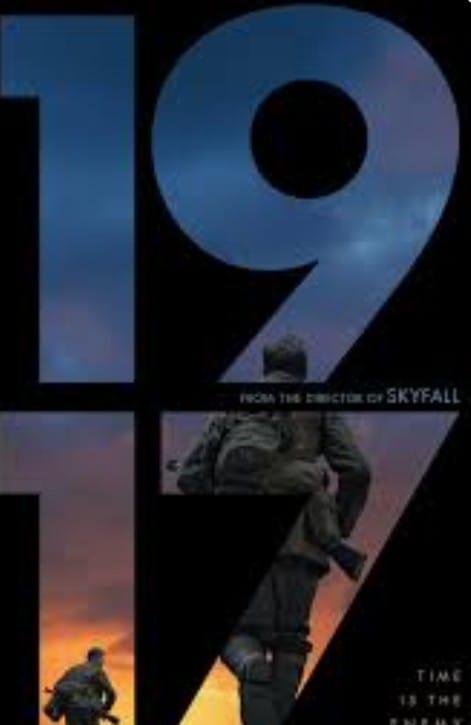The war-themed movies I’ve enjoyed the most so far include Terrence Malick’s The Thin Red Line, Saving Private Ryan, The Hurt Locker, and Platoon. However, I can confidently say that 1917 is an even greater film than these. In brief, 1917 is set during World War I and tells the story of two soldiers. One dies a heroic death, while the other soldier bravely saves his comrade’s brother and 1,600 British soldiers from falling into a German trap. The film’s standout feature is its “feature-length single-shot experience,” making every viewer feel completely immersed in the story.
Although the plot is simple, the extraordinary execution of the adaptation and cinematography dominate the film. Each shot and episode feels like an intense, interval-worthy moment. The rhythm, balance, and proportion in the screenplay, along with the perfect blend of drama and conflicts—both external, internal, and physical—are why this movie has captured the hearts of audiences worldwide.
The story is essential, but the adaptation is what makes it a masterpiece. No matter how the story is, the screenplay should keep the audience constantly curious about what will happen next. In 1917, the pacing and conclusion are haunting and unified in purpose, keeping everything focused on a single idea throughout. No matter what thoughts the audience has when they enter the theater, this screenplay ensures they are on the edge of their seats every moment.
Here are the elements I observed in this film:
- Plot
- Characters
- Atmosphere
- Style
- Focus
- Confidence
- Cohesiveness
- Primal conflict
Lastly, the most significant aspect is the adaptation of the screenplay itself.


